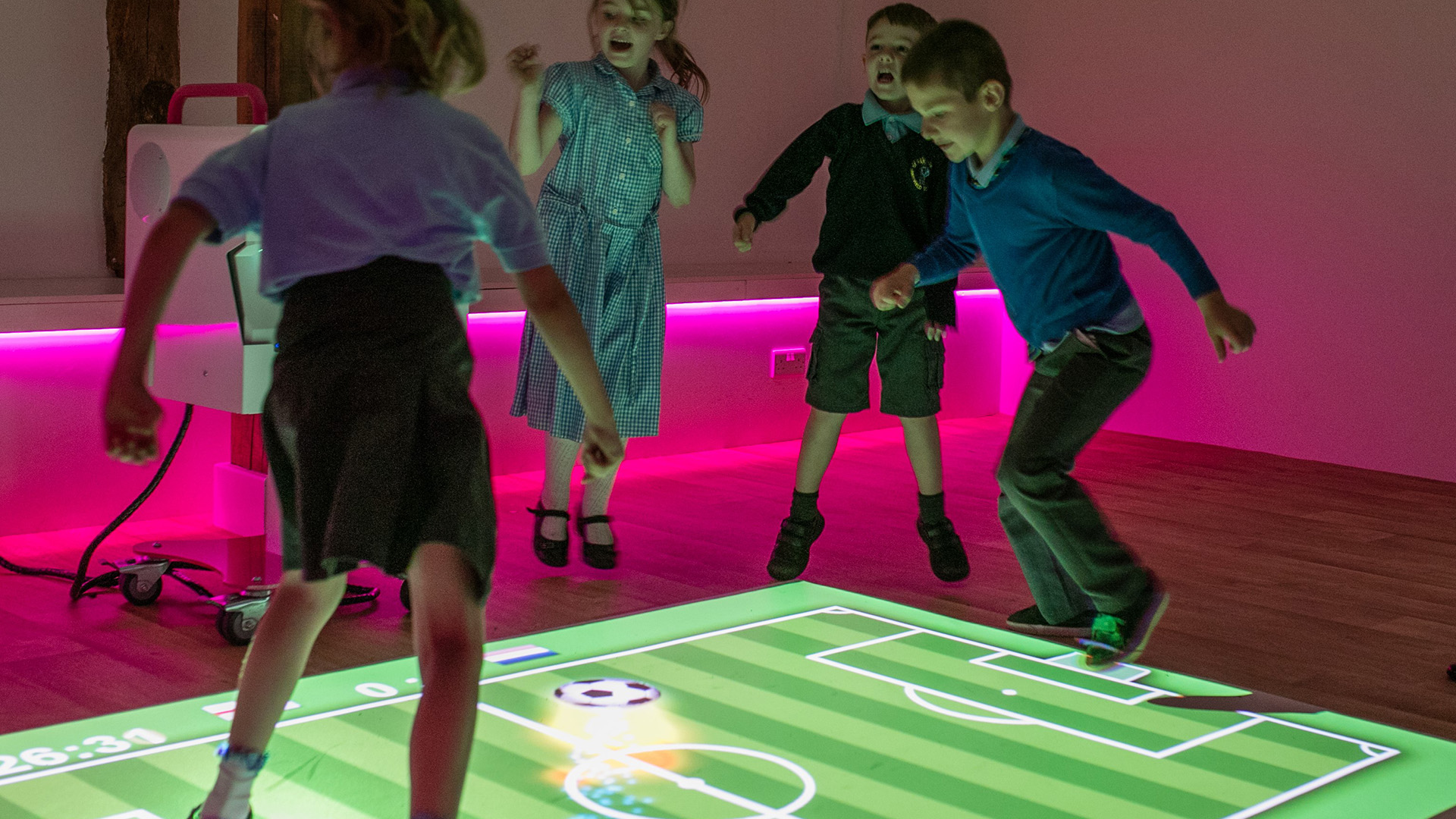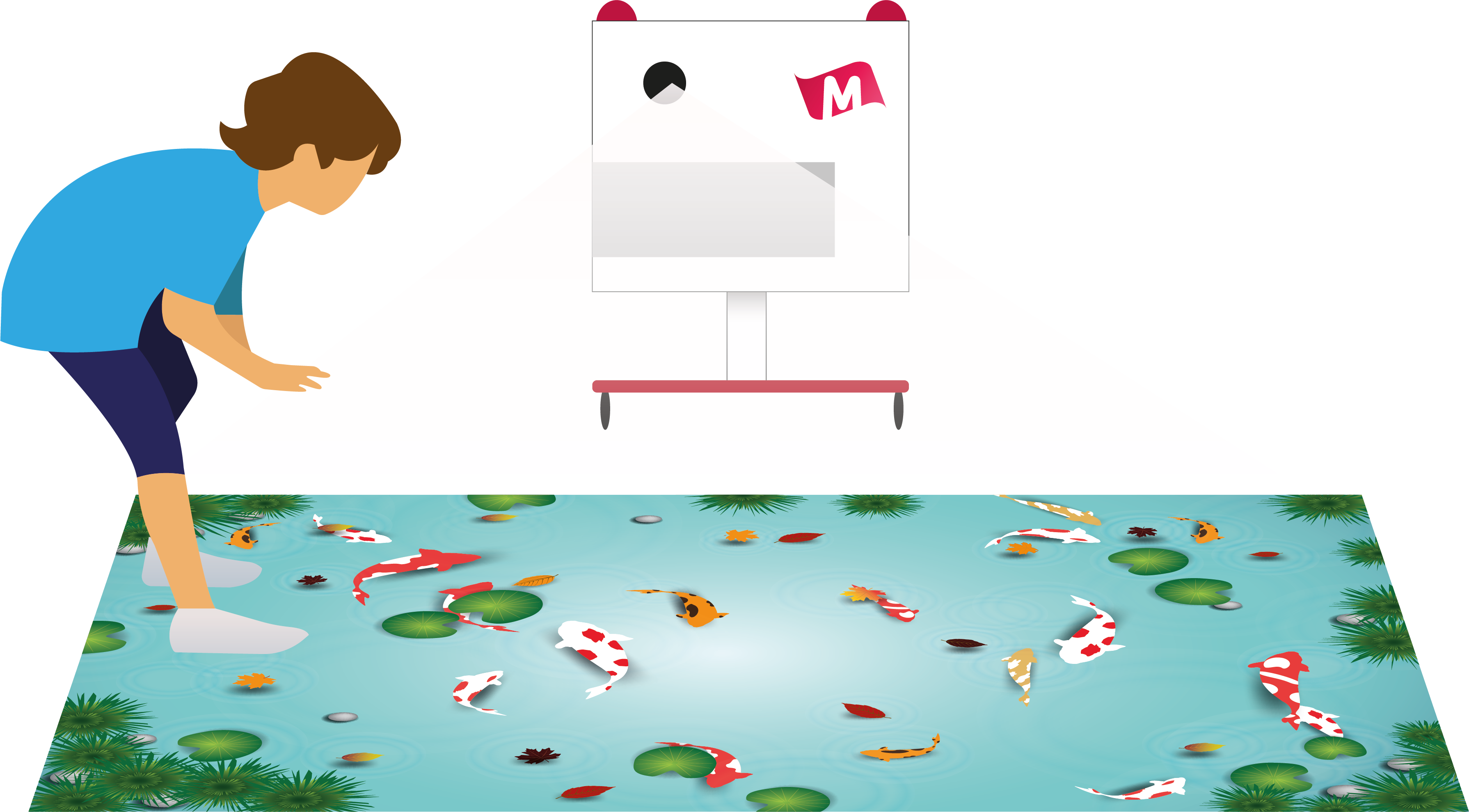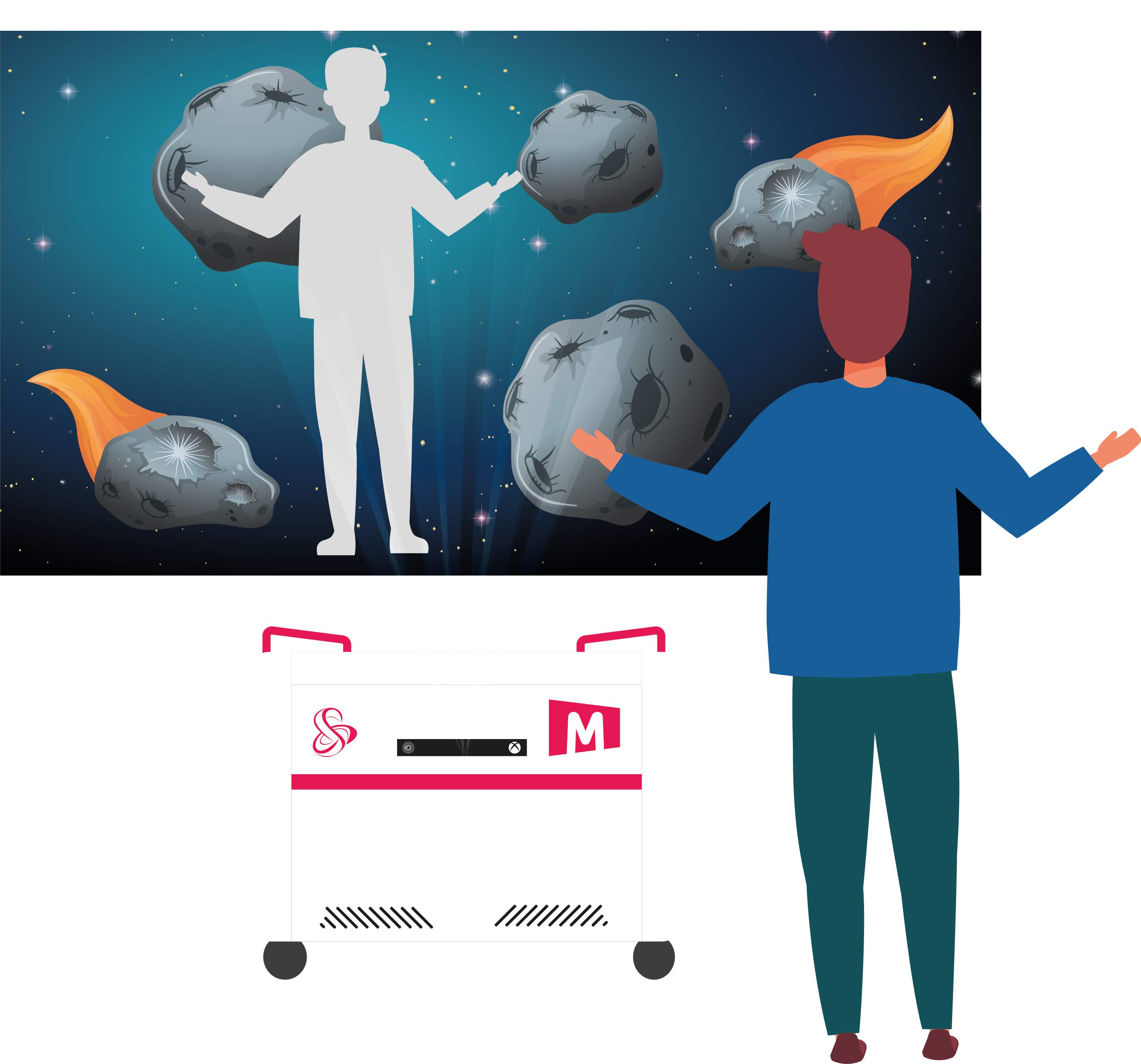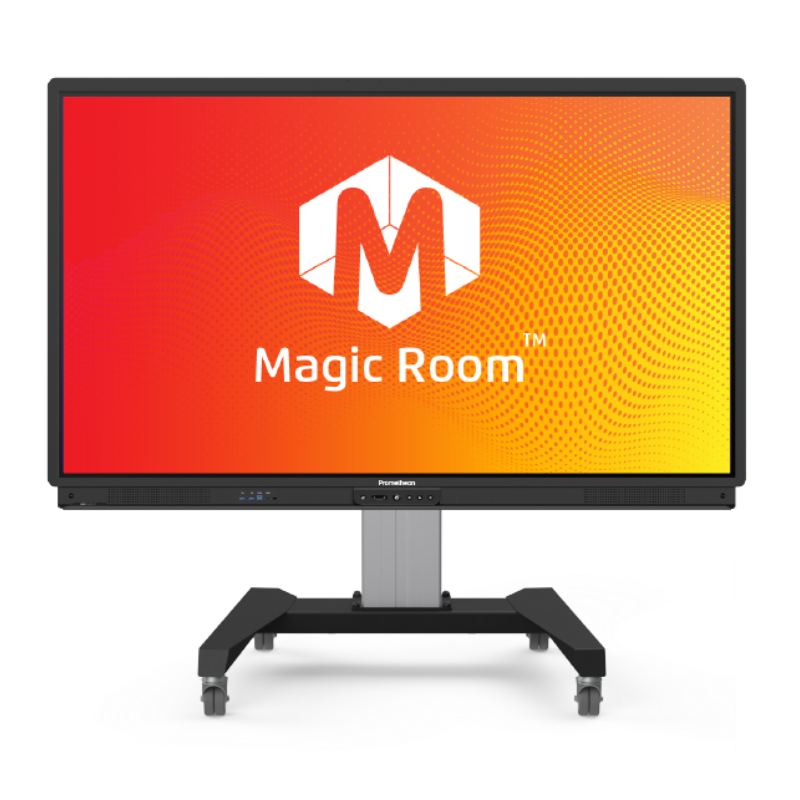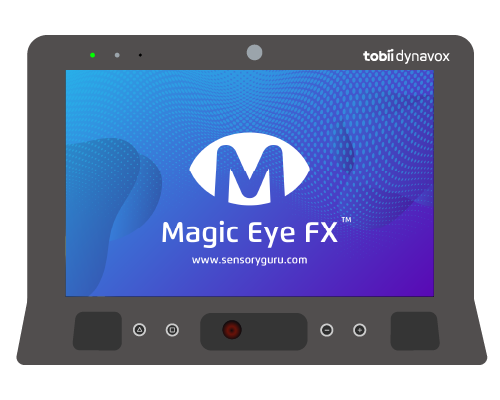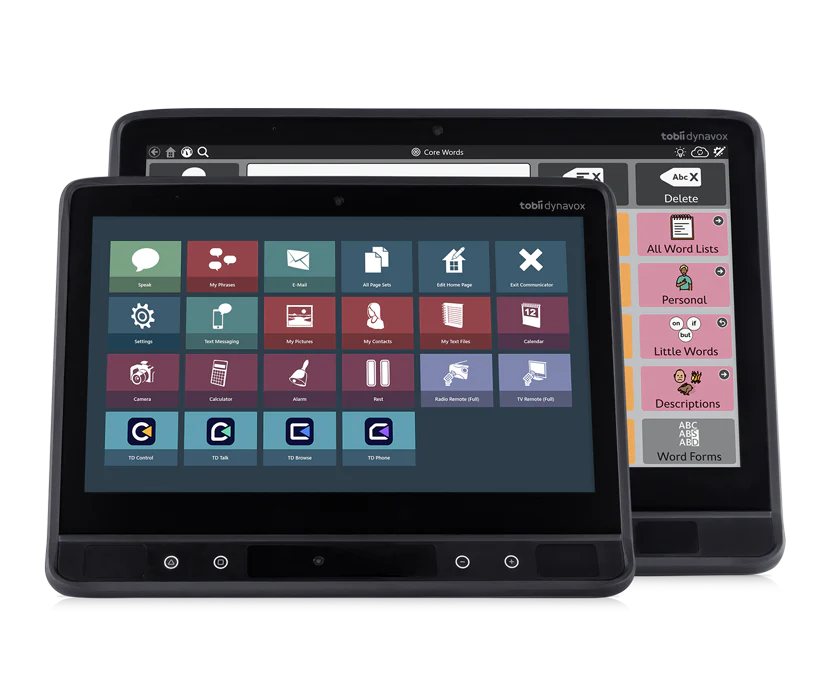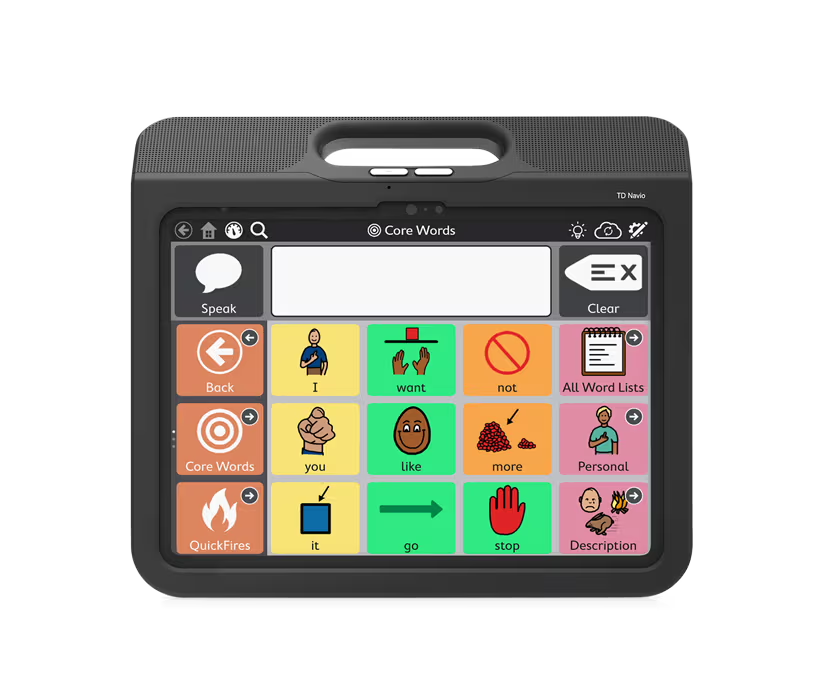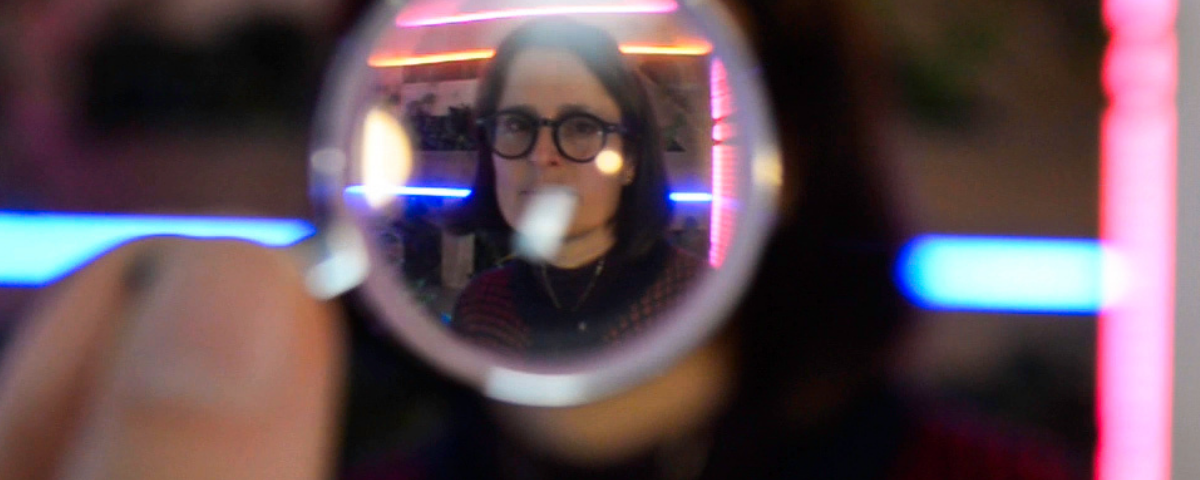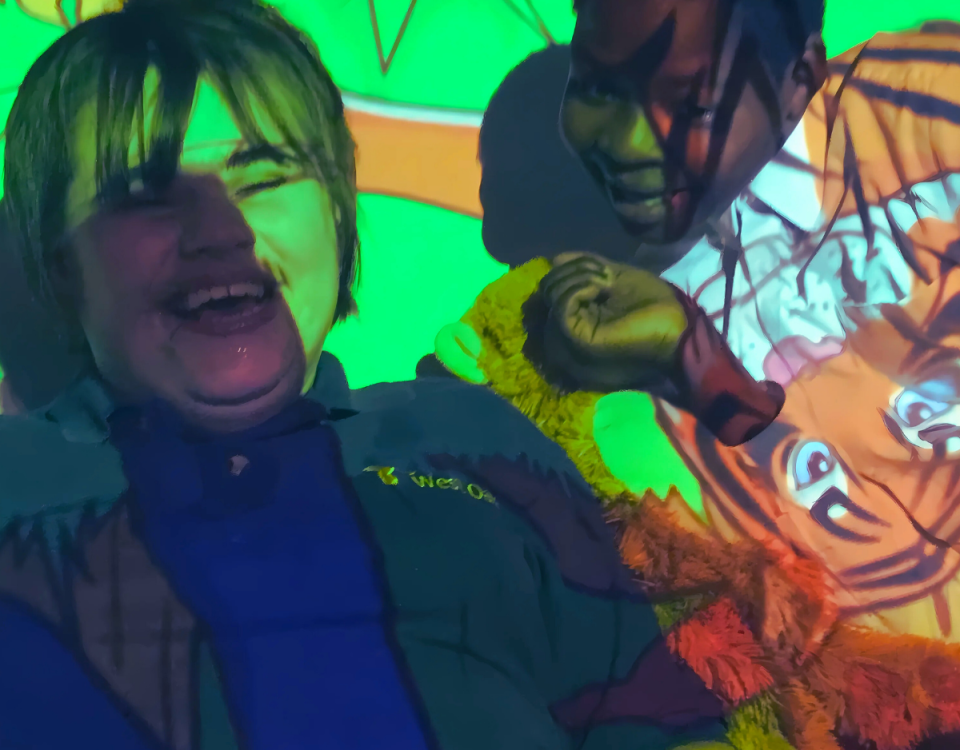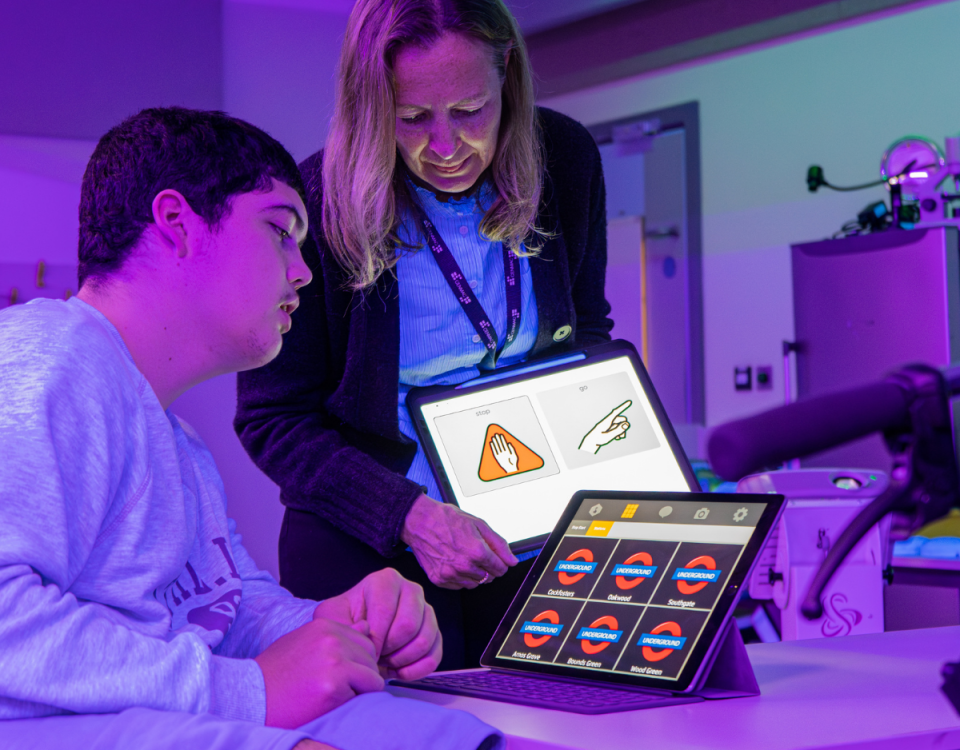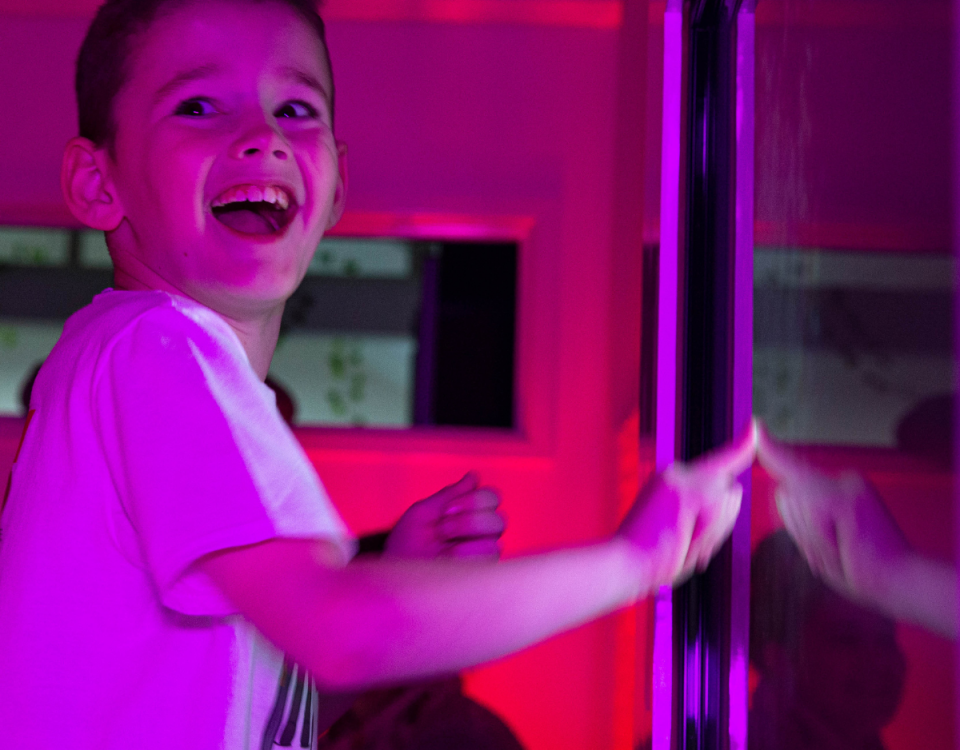
What is Diagnostic Overshadowing? Insights from SeeAbility
December 27, 2024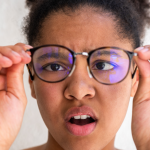
Understanding Strabismus and Its Impact on Vision: Insights from Lisa Donaldson
December 28, 2024Lisa Donaldson, Head of Eyecare and Lead Clinical Optometrist at SeeAbility, shares the critical elements of a sight test for individuals with complex needs. These assessments go beyond the traditional letter chart to ensure a comprehensive understanding of vision and eye health.
Key Areas Assessed During a Sight Test
1. Level of Detail
The first element of a sight test is assessing the level of detail an individual can see.
- For most people, this involves reading down a letter chart.
- For individuals with complex needs, optometrists may use picture charts, or observe responses to moving objects like balls or beads to gauge vision.
2. Level of Contrast
This test evaluates how well an individual can distinguish contrast, such as shades of grey against a background.
- Someone might see fine detail but struggle to differentiate objects against a low-contrast background.
- Understanding contrast sensitivity is essential for tailoring visual aids and environments.
3. Eye Movement Control
Optometrists assess the control and accuracy of eye movements.
- Can the person make smooth movements between objects?
- Are they able to follow a moving target, or are their movements jerky?
- These observations can highlight issues with coordination and control.
4. Field of Vision
The field of vision test measures whether someone can see in all four quadrants.
- Conditions such as hemianopia, often associated with cerebral palsy, can result in reduced vision in specific areas.
- For example, a person may lack central vision in both eyes due to brain-related impairments.
- This loss can be more disabling than blindness in one eye, as it impacts spatial awareness and mobility.
5. Eye Health
The health of the eyes is examined by looking at their physical structures.
- The cornea and lens are checked for cataracts or other abnormalities.
- A glimpse of the retina and optic nerve ensures that internal structures are healthy.
6. Eye Focus
Eye focus tests determine how well the eyes adjust to see clearly.
- For most people, this involves choosing between lenses.
- For individuals with complex needs, optometrists use a torch to observe the red reflection at the back of the eye, which allows for an accurate prescription.
- Glasses can be prescribed based solely on this method, without needing verbal input.
7. Zoom Function
The "zoom function" assesses the ability to shift focus between near and far objects.
- Many children in special schools lack this ability and may require:
- Bifocals or varifocals.
- Two pairs of glasses.
- Reading glasses.
- Unlike the general population, where these needs typically arise in mid-life, children with complex needs may require these adjustments early on.
Sight Test Essentials Checklist
- What level of detail can the individual see?
- What levels of contrast can they detect?
- What level of eye movement control do they have?
- How wide is their field of vision?
- Are the eyes healthy?
- How well are the eyes focusing?
- Do they have a zoom function for focus shifting?
Final Thoughts
Sight tests for individuals with complex needs are about much more than reading a letter chart. They require tailored assessments that consider each person's unique challenges. By understanding these essentials, optometrists can provide effective interventions, improving vision, engagement, and quality of life.
For more information on accessible eye care, visit SeeAbility.


